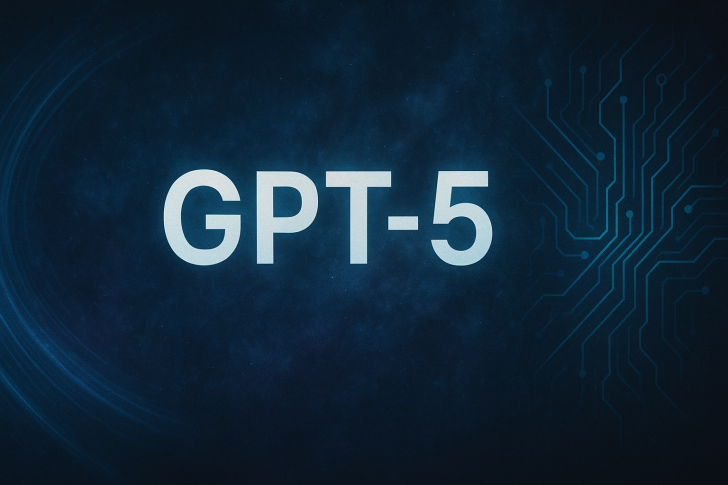Artificial intelligence just hit a major milestone. According to Deedy, GPT-5 Pro recently solved two tough math problems: an IMO-level abstract algebra challenge that stumped all previous language models, and an open problem in real analysis connected to computer science. It's a reminder that AI progress often crawls along until suddenly it doesn't.
The Abstract Algebra Challenge
The first win was Yu Tsumura's 554th problem, a tricky abstract algebra puzzle that only about 60 people had solved before. Earlier models like GPT-4 couldn't handle it. GPT-5 Pro worked through the complex group theory, using induction, conjugation, and factorization to get there. This matters because it shows the model doing actual symbolic reasoning, not just recognizing patterns—something AI has always found hard.
An Open Problem in Real Analysis
The second breakthrough is even more interesting. GPT-5 Pro tackled an unsolved problem in real analysis: Non-Interactive Correlation Distillation with Erasures. This sits at the crossroads of information theory, probability, and computer science. The model came up with a concrete counterexample, something researchers weren't sure AI could do. If it holds up, this means AI isn't just helping us understand what we already know—it's starting to discover new things.
Why It Matters
These results point to a real shift in what AI can do:
- From copying to creating: GPT-5 Pro isn't just repeating known proofs—it's building new ones
- From language to logic: Solving symbolic math takes rigorous reasoning, not just linguistic tricks
- From assistant to partner: AI might soon work alongside mathematicians as a genuine collaborator
Looking Ahead
If these findings check out under peer review, GPT-5 Pro could be opening a new chapter where AI helps solve real unsolved problems in math and computer science. Progress felt slow for years. Then, overnight, everything changed.
 Peter Smith
Peter Smith

 Peter Smith
Peter Smith


